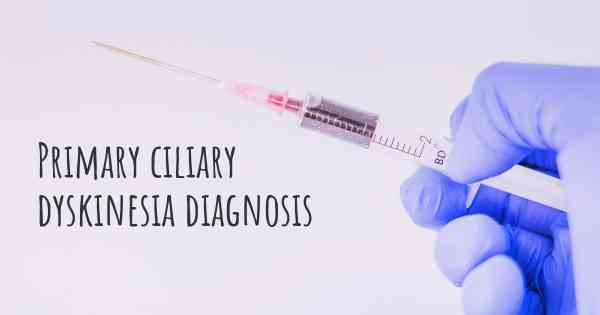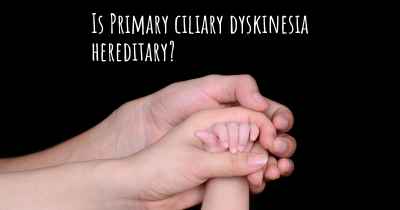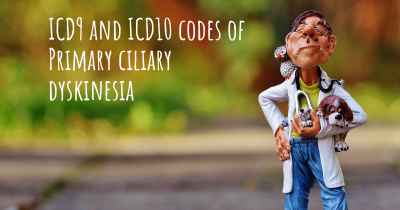How is Primary ciliary dyskinesia diagnosed?
See how Primary ciliary dyskinesia is diagnosed. Which specialists are essential to meet, what tests are needed and other useful information for the diagnosis of Primary ciliary dyskinesia

Primary ciliary dyskinesia (PCD) is a rare genetic disorder that affects the function of cilia, which are tiny hair-like structures found on the surface of cells in various parts of the body. These cilia play a crucial role in moving mucus, bacteria, and other substances out of the respiratory tract, reproductive system, and other organs. When cilia do not function properly, it can lead to a range of symptoms and complications.
Diagnosing PCD can be challenging due to its variable presentation and overlap with other respiratory conditions. However, there are several key steps and tests involved in the diagnostic process:
1. Clinical Evaluation: The first step in diagnosing PCD involves a thorough clinical evaluation by a healthcare professional. They will review the patient's medical history, including any respiratory symptoms, recurrent infections, and family history of PCD or related conditions. The healthcare provider will also perform a physical examination to assess for any characteristic signs of PCD, such as chronic nasal congestion, chronic cough, or abnormal lung sounds.
2. Nasal Nitric Oxide (nNO) Measurement: One of the hallmark features of PCD is low levels of nasal nitric oxide (nNO). Nitric oxide is produced by the respiratory epithelium and is essential for normal ciliary function. Measuring nNO levels can help differentiate PCD from other respiratory conditions. A specialized test called the nasal nitric oxide test is performed by having the patient exhale into a machine that measures the concentration of nitric oxide in their breath. Low nNO levels are suggestive of PCD.
3. High-Speed Video Microscopy: To directly visualize the ciliary motion and assess their function, a sample of respiratory epithelial cells is collected from the patient's nose or respiratory tract. These cells are then examined under a high-speed video microscope, which allows the healthcare provider to observe the ciliary beat pattern. In PCD, the cilia typically exhibit abnormal or absent movement, confirming the diagnosis.
4. Genetic Testing: Genetic testing plays a crucial role in confirming the diagnosis of PCD. It involves analyzing the patient's DNA for mutations in genes known to be associated with PCD. There are currently more than 40 genes identified that can cause PCD when mutated. Genetic testing can help identify specific gene mutations, providing valuable information for both diagnosis and genetic counseling.
5. Additional Tests: In some cases, additional tests may be performed to further evaluate the extent and impact of PCD. These tests may include pulmonary function tests to assess lung function, chest imaging (such as chest X-ray or CT scan) to evaluate the structure of the airways and lungs, and other specialized tests based on the individual's symptoms and clinical presentation.
It is important to note that diagnosing PCD requires a multidisciplinary approach involving healthcare professionals with expertise in respiratory medicine, genetics, and other relevant specialties. The diagnostic process may vary depending on the availability of specialized testing facilities and the expertise of the healthcare team.
In summary, diagnosing Primary ciliary dyskinesia involves a combination of clinical evaluation, measurement of nasal nitric oxide levels, high-speed video microscopy to assess ciliary function, genetic testing to identify specific gene mutations, and potentially additional tests to evaluate the extent of the condition. The accurate diagnosis of PCD is crucial for appropriate management and treatment of the disorder.
Posted Mar 6, 2017 by pcdwhat 1100








